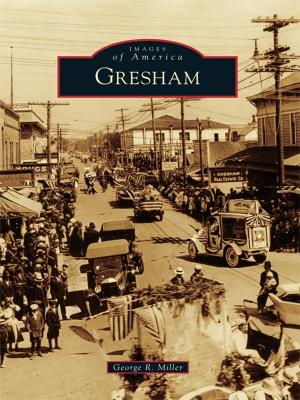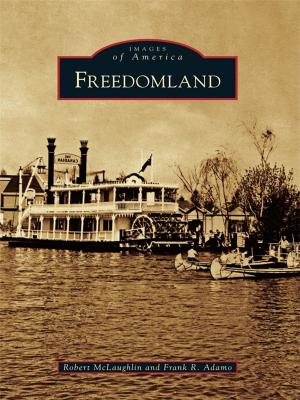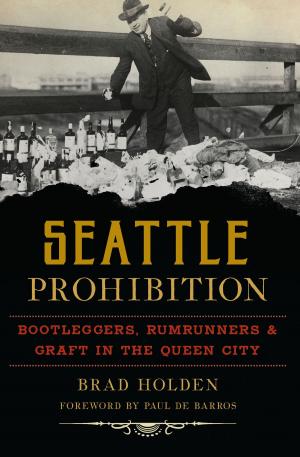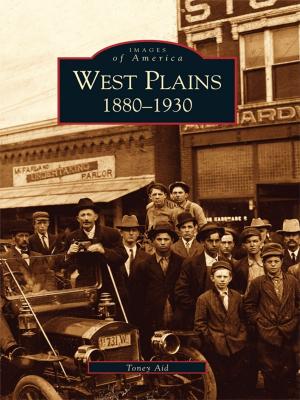| Author: | Charles Clayton | ISBN: | 9781439651117 |
| Publisher: | Arcadia Publishing Inc. | Publication: | May 4, 2015 |
| Imprint: | Arcadia Publishing | Language: | English |
| Author: | Charles Clayton |
| ISBN: | 9781439651117 |
| Publisher: | Arcadia Publishing Inc. |
| Publication: | May 4, 2015 |
| Imprint: | Arcadia Publishing |
| Language: | English |
The 1859 gold rush brought swift change to the Colorado region, but it had little impact on the Fraser Valley. Hemmed in by mountains, hammered by cold winters, and lacking in mineral wealth, the valley resisted all but the hardiest settlers. The railroad arrived in 1904 via a torturous crossing of the Continental Divide, ending the isolation and ushering in a ranching and logging boom. Towns sprang up overnight, and the forest filled with logging camps and sawmills. Hard times in the 1920s and 1930s were tempered by the construction of US Highway 40, a major coast-to-coast route that bisected the valley, as well as the completion of the Moffat Tunnel, a six-mile bore that eased the passage of trains and the diversion of precious valley water. During the 1950s and 1960s, tourism grew in popularity. Logging gave way to lodging, and log cabins morphed into condominiums. By 1970, outdoor recreation dominated the local economy.
The 1859 gold rush brought swift change to the Colorado region, but it had little impact on the Fraser Valley. Hemmed in by mountains, hammered by cold winters, and lacking in mineral wealth, the valley resisted all but the hardiest settlers. The railroad arrived in 1904 via a torturous crossing of the Continental Divide, ending the isolation and ushering in a ranching and logging boom. Towns sprang up overnight, and the forest filled with logging camps and sawmills. Hard times in the 1920s and 1930s were tempered by the construction of US Highway 40, a major coast-to-coast route that bisected the valley, as well as the completion of the Moffat Tunnel, a six-mile bore that eased the passage of trains and the diversion of precious valley water. During the 1950s and 1960s, tourism grew in popularity. Logging gave way to lodging, and log cabins morphed into condominiums. By 1970, outdoor recreation dominated the local economy.















